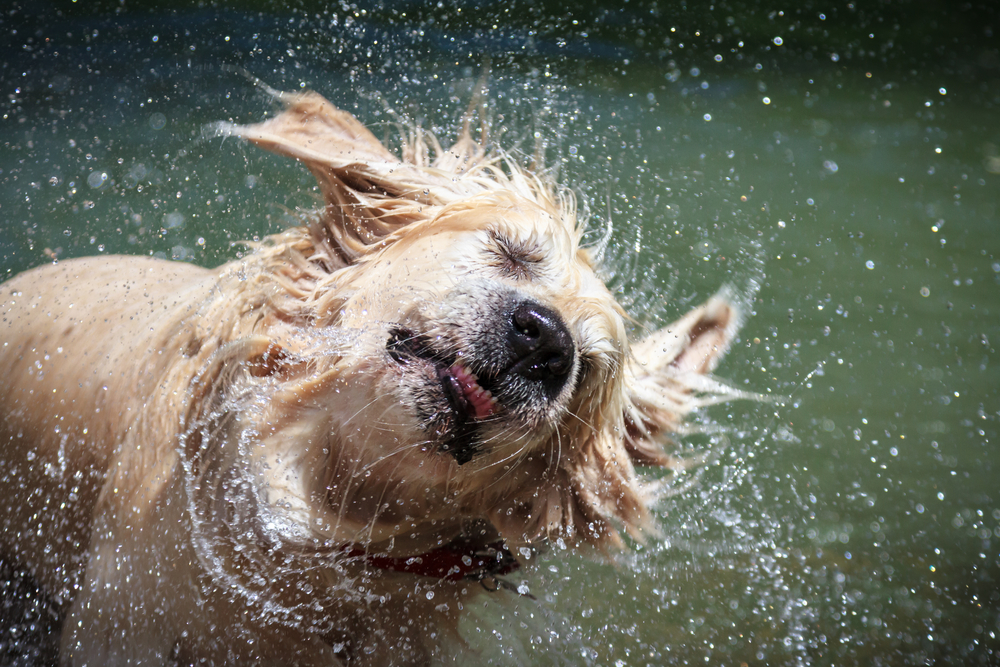
Maintaining cleanliness with a new pet can transform your life at any age. The change can spark several new considerations, like what to do about muddy paws or scratches on your hardwood floors. However, health experts from the Centers for Disease Control make clear in their Healthy Pets, Healthy People recommendations that other considerations are not so visible to the naked eye that deserve your attention.
To maintain cleanliness with a new pet, we have a few recommendations on measures to keep yourself, your new pet, and your home environment clean and healthy. This 5-step guide offers a quick run-down on keeping things running smoothly for all members of your growing family.
1. Bring Your New Pet into a Clean Home Environment
Regardless of your pet’s age and maturity level, every pet owner should expect quite a bit of curiosity from their pet. This could either be from the instant you bring your new pet home or after a few days of adjusting. Make sure to do some simple pet-proofing if your new pet will be allowed to roam around freely. This means making sure all food and snacks are out of reach, along with any chemicals or household items that your pet might try to ingest.
2. Plan for When You Leave Your Pet Home Alone
Keeping your house clean with dogs can especially be a struggle because dogs love stimulating activities. They are also prone to separation anxiety and can leave messes when they feel lonely. The last thing you want is to leave home for a quick errand and return back to find absolute destruction in your living room. If you want to maintain cleanliness with a new pet, especially one that isn’t house trained yet, make sure that you have a sturdy and secure kennel (or a well sectioned-off space) that will keep your new pet safe and out of trouble while you’re out.
3. Invest in a Good Vacuum Cleaner
If it’s been a while since you had a dog, cat, or another animal that sheds, you’ve probably forgotten just how much freeing you can expect around your home. Pet hair and dander are common complaints from new pet owners.
Whether your dog sheds seasonally or year-round, dog hair is definitely something to plan for. While thicker double-coats result in a dog shedding year-round, others tend to shed most in the spring and fall.
4. Have a Plan for Muddy Paws
Unless you plan to invest in puppy pads or always keep your new pet indoors, have a plan for when paws get muddy or dirty from being out and about. Especially if your idea of a clean home involves not wearing your outdoor shoes around the house, make sure that you have a plan to clean your new pet’s paws upon returning home from an outing.
5. Take Preventative Measures to Avoid Illness
If you’re active on social media, you’ve probably come across those adorable videos of dogs licking baby faces and toddler’s faces. While those videos are unbearably cute, they can sometimes give the impression that pets are no germier than humans, but that’s not entirely true.
According to statistics, roughly 38% of US households have at least one dog (and approximately seven in ten Americans have pets), so it may not be immediately apparent how often pets transmit illnesses to their humans. Still, the CDC and other sources repeatedly make clear that pets can carry germs that can cause diseases ranging in severity from mild to severe.
General Takeaways
For so many reasons, all shapes and sizes of households must maintain cleanliness with a new pet. Pets are a massive responsibility, and if you’re not ready to keep your house clean enough to protect everyone’s wellbeing, you may need to reconsider making an addition.
Lastly, especially remember that while this new pet is likely to become your new best friend, make sure that you only share happy memories, not germs, by keeping your hands clean and washing them regularly after caring for or cleaning up after your new pet.




